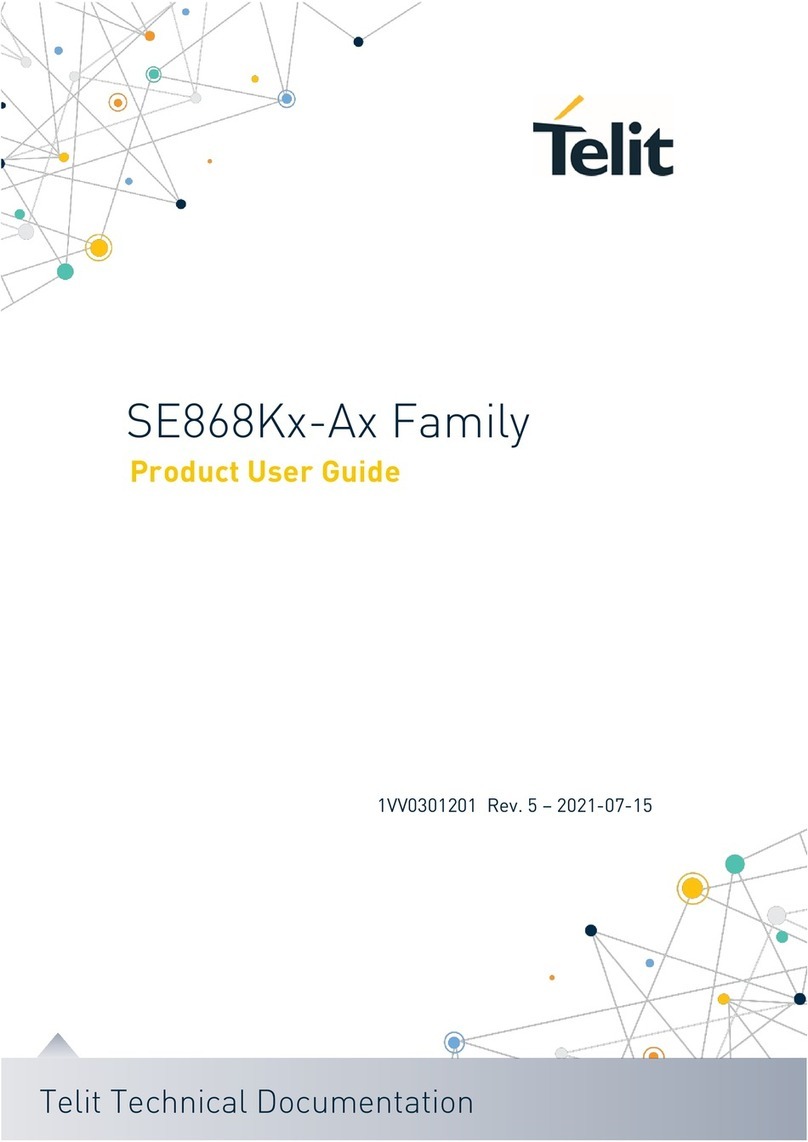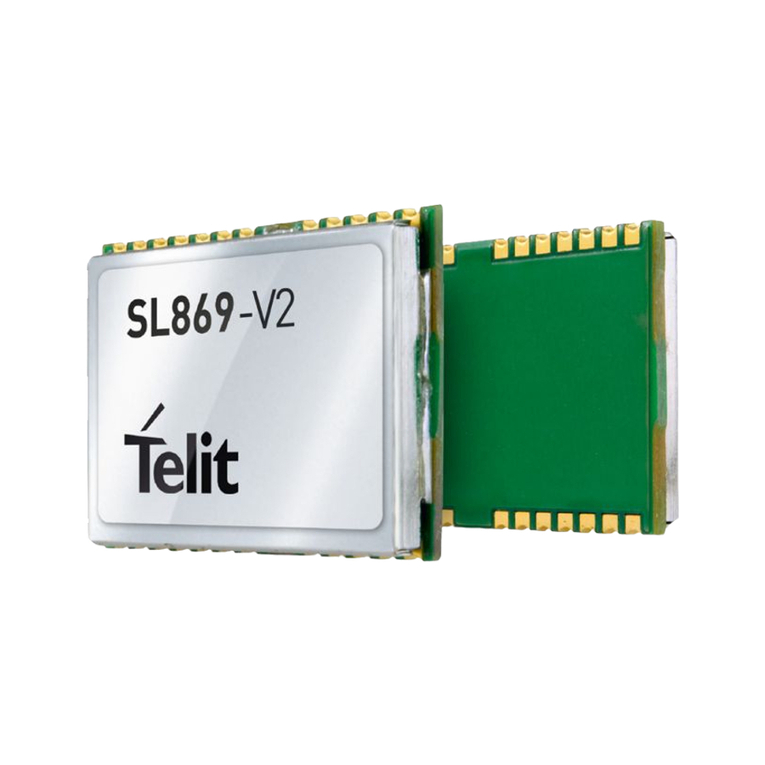2. PRODUCT DESCRIPTION
The SE878Kx-Ax GNSS antenna module family provides complete multi-constellation
position, velocity, and time (PVT) engines featuring high performance, high sensitivity,
and low power consumption.
All modules compute a navigation solution using GPS signals. Multi-constellation
modules add GLONASS and Galileo signals to yield better coverage, greater accuracy,
and improved availability.
•Multi-constellation (MT3333): SE878K3-A
•GPS-only (MT3337): SE878K7-A
Special features
•Built-in SMT 17 x 17 mm patch antenna
•Antenna switch to allow an external antenna to be selected for RF input
Product Overview
•Complete GNSS receiver module including memory, LNA, TCXO, and RTC plus a
built-in patch antenna and an RF input switch for an external antenna
•MT3333-based: GPS L1 C/A, Glonass L1, BeiDou B1, and QZSS with 99 search and
33 tracking channels. Galileo ready.
•MT3337-based: GPS(L1) and QZSS ranging with 66 search and 22 tracking
channels
•MT3333-based: SBAS corrections capable (WAAS, EGNOS, MSAS, GAGAN)
•DGPS capable using the RTCM SC-104 protocol
•AGPS support for extended ephemeris using local or server-based solutions:
oLocal: Embedded Assist System (EASY)
oServer: Extended Prediction Orbit (EPO)
•Jamming Rejection: Active Interference Cancellation (AIC)
•1PPS output
•Fix reporting at 1 Hz (default). Maximum: 10Hz
•NMEA command input and data output
•Two serial ports for input commands and output messages:

































